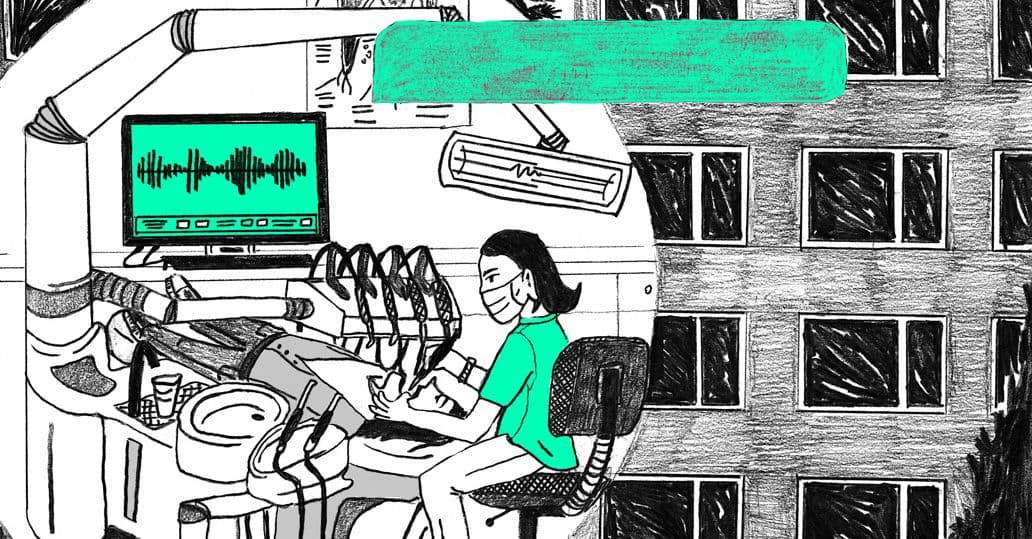Tags
Designing an Effective Chatbot: The Essential Steps
Creating an effective chatbot doesn’t have to be difficult. With the right planning and design process, you can create a chatbot that meets your goals and provides an engaging user experience. In this article, we’ll discuss the essential steps for designing a chatbot, including wireframing, flowcharting, mindmapping, chatbot UX, and chatbot UI.

Creating a chatbot can be an intimidating task, but with the right planning and design process, it can be simple and effective. In this article, we’ll discuss the essential steps for designing a chatbot, including wireframing, flowcharting, and mind-mapping. A well-configured chatbot can bring huge benefits to a business.
Even before you start designing your chatbot, the first step can be to define the customer funnel journey to ensure that customers are guided through the conversation in the most efficient and effective way. Second step might be a process of defining what personality the chatbot will have.
Wireframing is the process of creating a blueprint of a product’s user interface (UI). During the wireframing process, designers can create a visual representation of the chatbot’s UI, which helps them plan and map out the user experience. This provides the foundation for the chatbot and sets the tone for the design process.
Flowcharting is the process of mapping out the logic of a product. This process enables designers to identify the user’s possible paths through the chatbot. Flowcharting helps reveal the potential user experience and guides the development of the chatbot.
Mind-mapping is the process of creating a visual representation of ideas. This process helps designers brainstorm and develop ideas for the chatbot. Mind-mapping can help designers identify potential features and functions for the chatbot and determine which features should be prioritized.
Chatbot UX (User Experience) is the process of designing the chatbot’s user experience. This includes things like conversation patterns, responses, and conversation flow. Chatbot UX helps designers create an engaging user experience and ensure that the chatbot is easy to use and understand.
Chatbot UI (User Interface) is the process of designing the chatbot’s user interface. This includes things like visuals, colors, and fonts. Chatbot UI helps designers create an attractive and intuitive interface that will attract users and keep them engaged.
By following these steps, designers can create a successful chatbot that meets their goals and provides an engaging user experience. By utilizing wireframing, flowcharting, mind-mapping, chatbot UX, and chatbot UI, designers can create a chatbot that is effective and engaging.
